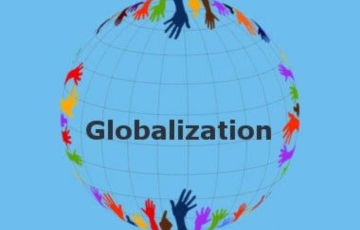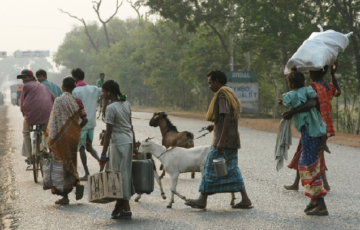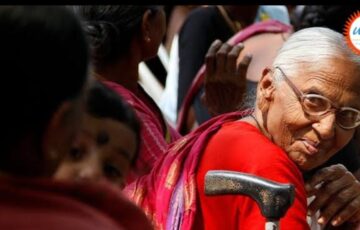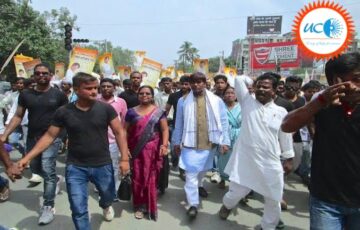caste system
Q. “Caste system is assuming new identities and associational forms. Hence, the caste system cannot be eradicated in India.” Comment.
Approach:
|
Answer:
- Caste refers to a broad hierarchical institutional arrangement along which basic social factors like birth, marriage, food-sharing etc are arranged in a hierarchy of rank and status. These sub-divisions are traditionally linked to occupations and decide the social relations with respect to other upper and lower castes.
- The traditional hierarchical ordering of castes was based on the distinction between ‘purity’ and ‘pollution’. While the manifestation of the order has changed to a large extent in recent times, the system itself has not changed much.
- For example: even though untouchability and caste-based discrimination is barred under the Constitution of India, occupations like manual scavenging have the majority of workers from lower castes.
New identities and associational forms
Political: In contrast to the older structure, various caste communities have asserted themselves by forming political parties based on caste identities. For example- Bahujan Samaj Party. Political mobilization based on caste has been rising.
- Lingayats’ demand to be considered as a minority community.
Economic: Development policies targeting the backward castes and scheduled have benefitted only a section of the population. These sections have emerged as the elite and this has created a division within the backward castes. Also, the welfare policies have led to social stigma among the castes which are not included.
- These policies have strengthened the caste-based mobilization. For example: Dominant castes like Marathas, kapus and patidars have been demanding reservation.
- Socially empowered and landholding communities like Jats have also mobilized themselves and have demanded reservation.
Social: Under the impact of globalization and technological advancement, the strict codes of marriage and inheritance have diluted with more inter-caste marriages taking place. Caste groups like Khap Panchayats have been brought under the scrutiny of the judiciary. The expression of social exclusion and maintaining the caste-based division by the communities has however not vanished but has changed to become more subtle.
- For example- The matrimonial advertisements are frequent in the newspapers that especially demand brides and grooms from particular communities.
- Even religions that do not follow caste systems like Muslims and Christianity have observed caste-like discrimination. Dalits who have converted to Christianity have separate graveyards in States like Kerala.
Conclusion
Considering that these divisions offer solidarity and psychological strength to various marginalized groups, even if the caste-based discrimination is diffused through the legislative enforcement the divisions of identity will be difficult to erase.








